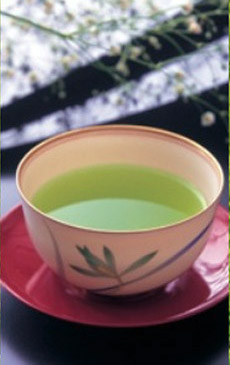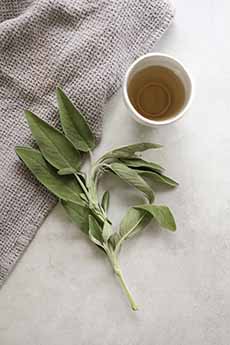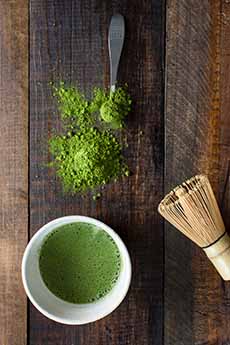Why Don’t Asian Teacups Have Handles & The Right Temperature For Tea
|
|
If you eat at Asian restaurants, you may (or may not) have given a thought to the teacups. They don’t have handles. Since January is National Tea Month, we decided to ask why. Here’s a brief answer. You can read the whole article at TeaMuse, the blog of Adagio Teas. The short answer is that various Asians cultures believe that if the cup is too hot to hold, the tea is too hot to drink. But that’s not all. Beginning with early man, who was nomadic, a minimum of possessions were carried. Food and drink were both consumed from bowls, so the evolution to handle-less cups was natural. Fast forward to the e 18th and 19th centuries in Europe: Cups with handles took a while to evolve. It was not easy to attach a looped handle to a cup, and firing methods for various clays were still developing. England was the leader in the development. Historians believe that the first cups with handles may have been more of a fashion than a utility, since these early handles often had curlicues, gilt, and images. The handle slowly became a fixture of the British teacup. American, Bavarian, French, German, and Russian teacups followed suit. The proper tea brewing temperature can range anywhere from 140°F for specialty green teas to 212°F (a full boil) for black and herbal teas. There are plenty of gradations in between. Ultimately, it’s a matter of personal taste, along with how you brew your tea (whether you pre-warm the teapot, the ratio of water to loose tea leaves, if the tea is finished by steaming or pan-firing, etc.). You’ll see different temperatures in different articles, but here’s a guide. These are the temperatures used by tea connoisseurs to bring out the best in fine, loose-leaf tea. If you’re using an everyday tea bag, don’t sweat it. Here’s a longer discussion of the issue, but to be brief: |
|





